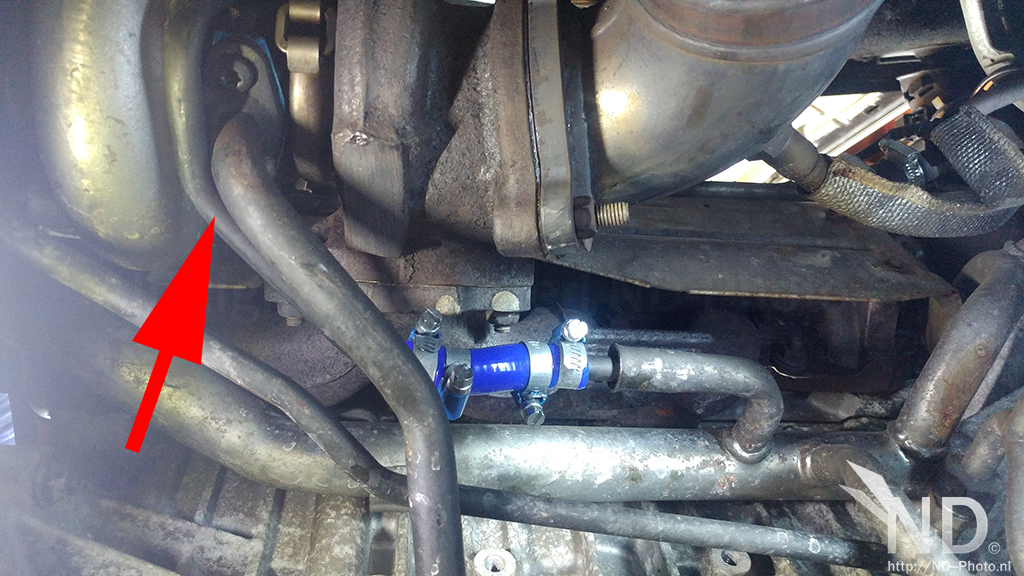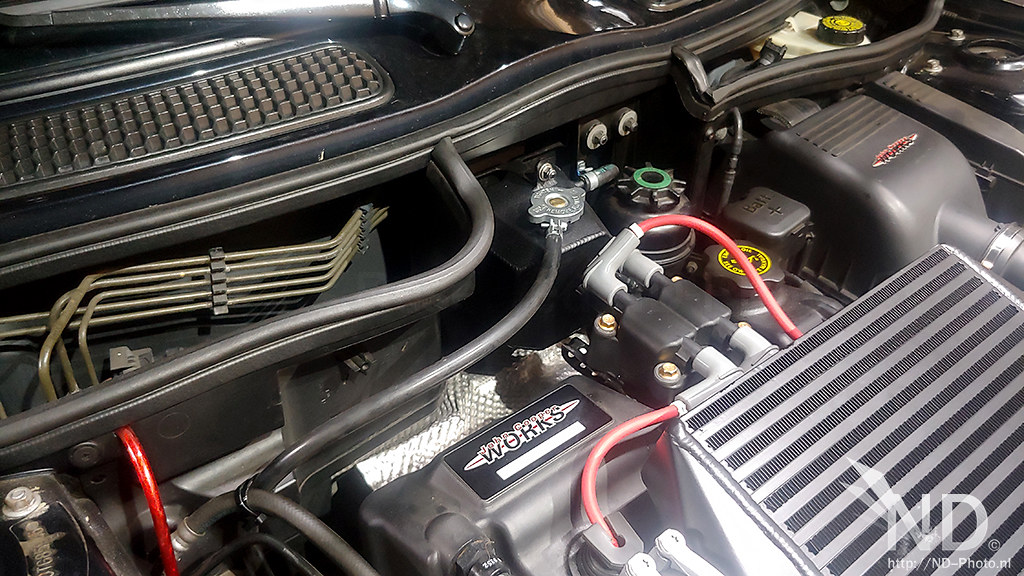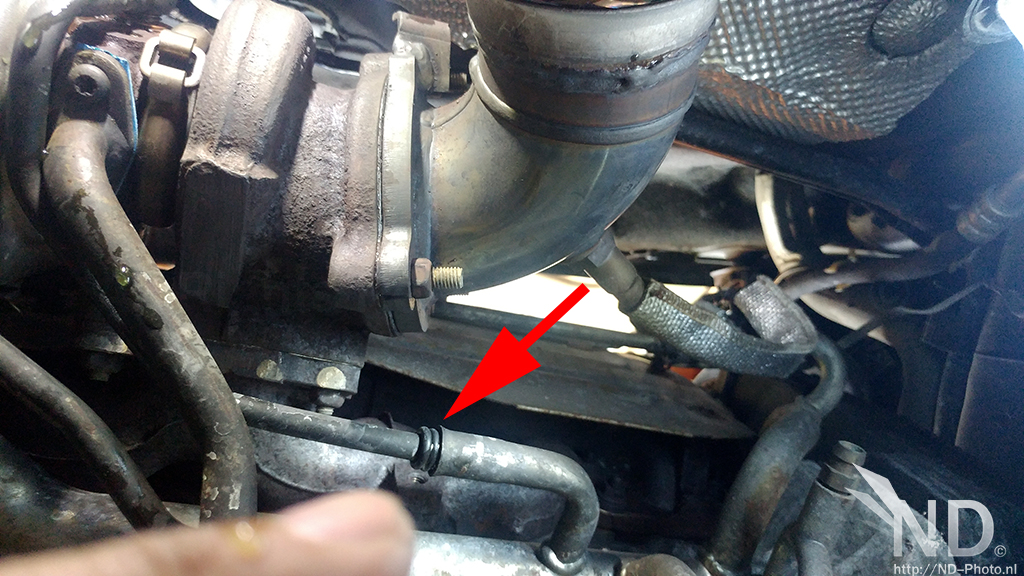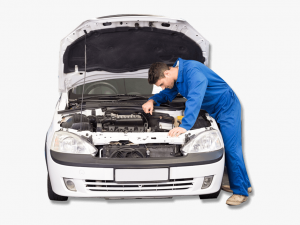Contents
– Cooling hose: specificities
– Uses of the cooling hose
– Replacement of the cooling hose
v
Cooling hose: specificities

The hose is a rubber tube that accompanies the sensitive parts of the engine.
Its function is to ensure that the various flow transfers are watertight and thus ensure the proper functioning of the assembly.
The hose can take many different shapes since it is moulded to the shape of the concerned part. Once on the part, it retains its shape, and when removed, it must be changed to ensure its performance.
The coolant hose helps to transport and circulate the coolant between the various engine components. It exists in quantity in the system and is a consumable that must be checked periodically. A leak, and the whole engine risks implosion!
Its characteristics are as follows:
– The hose allows fluid transfers up to more than 200°C;
– It resists low temperatures, up to -50°C;
– It can be moulded on demand according to the shape and size of the concerned part;
– It has excellent resistance to hydrocarbon and oil splashes;
– Flexible, it resists UV and external abrasion;
– It is designed to be hermetic.
Uses of the cooling hose
The cooling hose allows making the junction between the coolant and the different engine components that need it.
Made of rubber or silicone, it is not immune to the various temperature rises and falls so that some cracks may appear. The pressure emitted by the heat of the fluids can also cause the hose to swell.
If the hose is defective, the transfer is no longer tight, and coolant can escape. When overheating is possible, the engine can be severely damaged. Therefore, the maintenance of this part should not be neglected! Hoses should be checked and replaced every 150,000 to 300,000 km.
Good to know: Coolant is highly corrosive, so a leak can also damage other engine parts that will receive the valuable fluid.
Replacing the coolant hose

If you’re not a mechanic, you can have the part replaced by a professional. Your vehicle will be immobilized for two hours, and the operation will cost you a little more than a hundred dollars.
You can also do it yourself. First of all, be aware that your engine can reach very high temperatures. Therefore, the operation should be done when the engine is cold, so you should leave your vehicle at rest for more than an hour.
To begin with, you must drain the cooling system. Then, loosen the clamps that hold the hoses. Clean the part of the engine that has just been released and fix your new hose in its original position. Refill the cooling system and hit the road without fear.
A cooling hose costs between $15 and $25. You can purchase them at any automotive store or in some online stores.
Read more:
- When Can a Leak Detector Be Used on a Head Gasket?
- How to Change Your Brake Fluid
- DIY Car Dent Removal
- How to Verify Braking Noises
- How Do You Restore Car Leather
- What Is Torque Tightening
- Are Puncture Proof Tires Any Good?
- 5 Common Causes of Hydraulic Power Steering Failure
- How to Solve a Power Steering Problem
- Is It Worth Buying an Auto Diagnostic Kit
- Automotive Equipment: What Is the Wheel Balancer Used For




